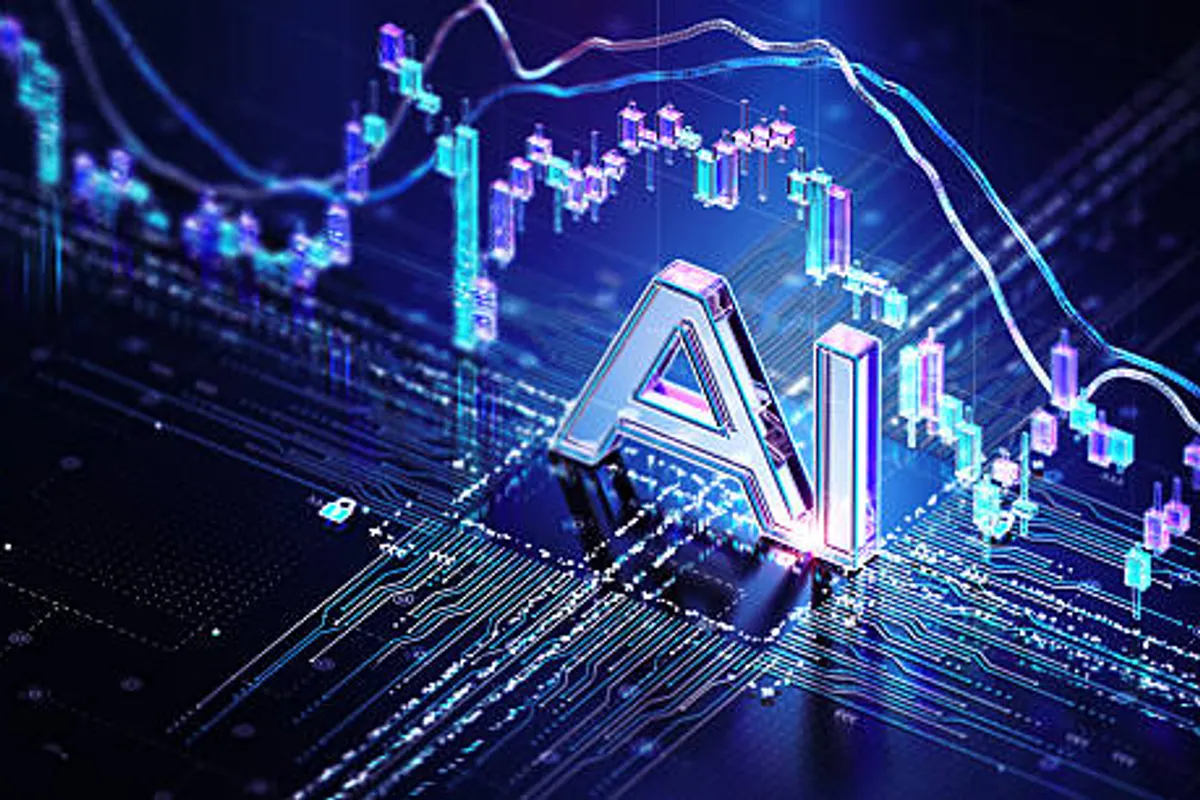
AI Boom Fuels Chip Crunch: Conventional Memory Prices Surge Under Pressure

GeokHub
Contributing Writer
The global AI explosion driven by demand for high-performance data centers is having an unexpected ripple effect: memory chips once considered “unsexy” are now in short supply, pushing prices to new heights and rattling industries from smartphones to servers.
Major players in the semiconductor world have reallocated production capacity toward High Bandwidth Memory (HBM)—the fast, high-throughput chips used in advanced AI accelerators. That pivot has squeezed supply of legacy chips such as DRAM and DDR5, essential components in everyday electronics. As demand outpaces supply, buyers are engaging in panic ordering and placing double or even triple orders to lock in stock.
DRAM spot prices have climbed nearly threefold year-on-year, while manufacturers report inventory levels have shrunk significantly: current stock covers only about eight weeks of demand, down from ten weeks a year ago and over 30 weeks back in early 2023. The tighter markets have translated into dramatically improved profit margins for memory chipmakers—some pushing operating margins north of 40 percent just on commodity DRAMs.
This memory surge is being driven by several simultaneous forces:
- A $400 billion wave of AI infrastructure investment as cloud giants prioritize upgrades
- A revival in PC and server refresh cycles as organizations rebuild hardware for AI workloads
- The feedthrough of price pressures into consumer electronics, where makers are now raising prices to absorb costs
Still, analysts caution that the so-called “super-cycle” in memory chips may be short-lived. They argue this phase mirrors past cyclic shortages instead of signaling a sustained long-term boom. Oversupply risk, regulatory hurdles, and macro headwinds could weigh on pricing as early as 2027.
For electronics manufacturers and tech firms, the implications are serious: higher input costs now threaten device margins and product pricing. Companies like PC assemblers and server vendors are already issuing warnings about margin pressure and supply constraints.
In short: the AI gold rush isn’t just reshaping how we build smart machines—it’s also creating turbulence in one of the semiconductor industry’s foundational building blocks.








